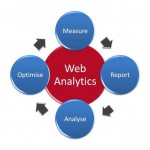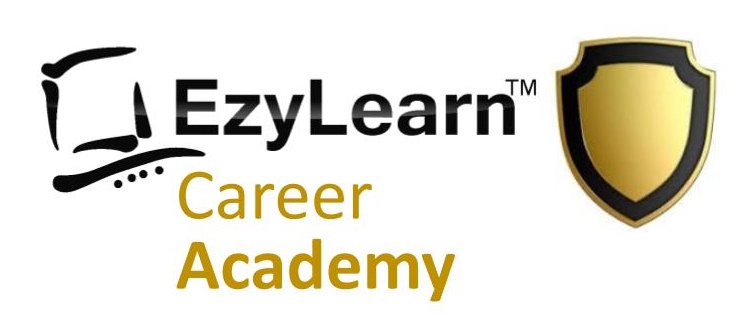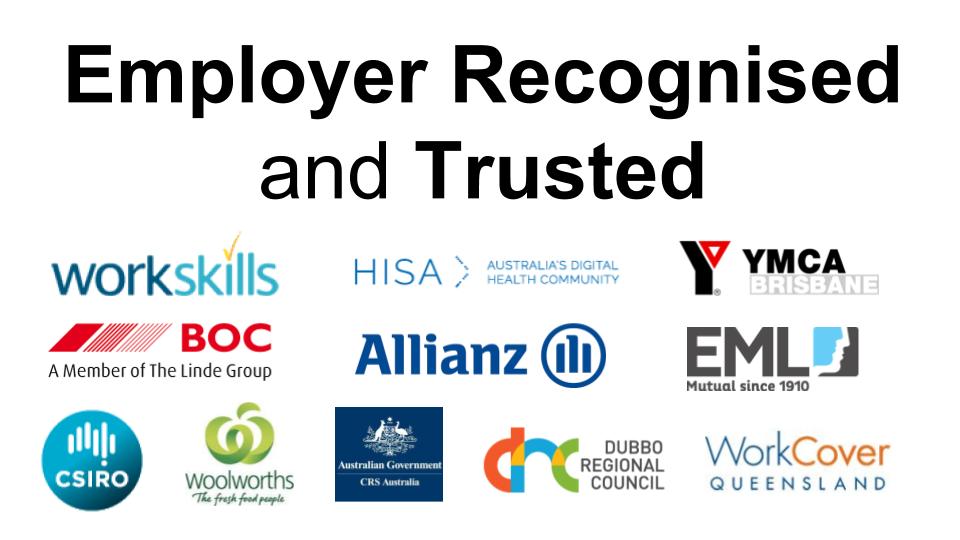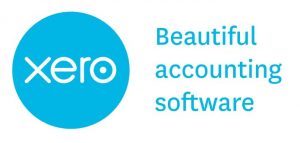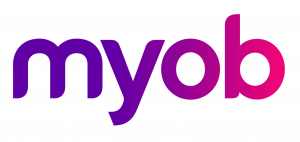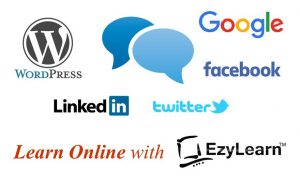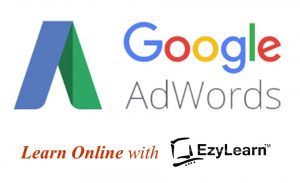
If you’re an average reader, I’ve got your attention for about 15 seconds, so here goes: many things we’ve been taught about the web are wrong. One of the biggest mistakes – thinking that clicking is the same as reading.
Not your average reader? Perhaps I’ve got you a while longer… We’ve mentioned on this blog before that every business owner should be monitoring their web analytics – we’re even developing a Google Training Course for business owners who want to learn more about the Google products.
What Does Web Analytics Help You With?
Web analytics allows you to determine things like where your visitors originated from, your click rate and your bounce rate.
Google considers any visitor who spends less than 30 seconds on your web page before clicking elsewhere to have “bounced” – and the number of people who bounce from your website is your bounce rate.
Clicks and Conversions
Your click rate is the number of people who have clicked through to your website from a search engine, banner ad, or third party link. The goal is to keep your click rate high and your bounce rate low – this is supposed to demonstrate high engagement with your website, your business or your brand; it’s also supposes to guarantee conversions.
Except that it doesn’t – a fact that’s becoming clear to organisations with large web presences, as web users become more sophisticated as the way we use the web has evolved.
According to Tony Haile, of US company Chartbeat, which provides real-time analytics for companies like Time Inc, Forbes and NBC Universal, businesses should be looking towards something he calls Attention Web and away from clicks and bounce rates.
Time and Attention
Attention Web is not just valuing the number of clicks, but valuing the time and attention visitors give your site. “Time is a rare scarce resource on the web and we spend more of our time with good content than with bad,” Haile says.
For business owners this means you need to give your customers and clients, good, valuable content and start valuing the time they spend reading and engaging with it. Do this and your conversion rate will soar – and in turn, your bounce rate plummet.
***
If you’d like to learn more about web analytics and other Google products, you can subscribe to our blog. Alternatively, if you’d like to learn more about building an effective website, you can enrol in our WordPress Training Course.










